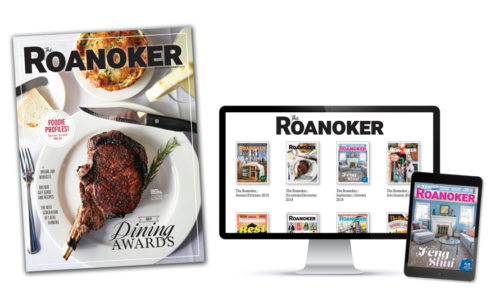I have been a newspaper and magazine feature writer for decades. I’ve worked from big cities and smaller markets, both in the U.S. and in Europe. I have (on occasion) spoken on national TV about the stories I’ve written and had my pieces picked up by wire services and reprinted across the country. I’m here to share a secret with you: Sometimes the smallish, regional publication in your backyard is the best gig there is.
Here’s why:
They are accessible.
Depending on where you live and what your experience level is, writing for your area’s independently published magazine — some examples: the Washingtonian (Washington, DC), Central California Life magazine (Fresno, CA), PineStraw Magazine (Southern Pines, NC), dsm (Des Moines, Iowa) — will not be the same heavy lift as getting a byline in, say, The New York Times or The Atlantic Magazine.
Start by subscribing to your local magazine and spend some time on its website. You’ll get to know the types of stories your publication writes and who the editors are. The website likely has submission guidelines that will walk you through how to pitch a story idea to an editor. At a smaller publication, the competition will be less fierce and an editor will likely respond to your emails. Even if at first you get a rejection, over time you could land on an idea too good for them to turn down.
They can open doors to other writing opportunities.

I live in Roanoke, Va., a city of about 100,000 in Southwest Virginia, near the Blue Ridge Parkway and the Appalachian Trail. Even though I reside hours away from commuter rail and skyscrapers, my little city has had a local magazine (The Roanoker) for 47 years straight. It’s owned by a media company that also publishes a regional magazine, a wedding publication, a retirement guide, a newcomer’s guide and the state’s travel guide. Each of these publications needs stories. It’s definitely easier to find your way to these paid writing gigs if you’re already working within the system.
They pay surprisingly well.
I can’t speak to every publication and you will certainly not get rich from magazine freelance writing, but most local magazines have advertisers and paid subscribers and a model that values writers. My magazine features earn more than my newspaper freelance stories and more than my online writing. The website and Twitter account Who Pays Writers can be a helpful way to see what your publication pays or what a comparable publication is paying in another locality.
They provide room for you to grow as a writer.
Because the stakes are lower, you’ll have more opportunities to try different kinds of writing, more ambitious writing, writing about new subjects. Some of my earliest personal essays were published in The Roanoker magazine, after a career focused on reported stories. My local magazine regularly prints features written by nonfiction and fiction book authors who are rounding out their writing portfolios with freelance pieces. Writing gurus often advise that freelancers develop a niche and become experts. Writing for a local magazine gives you space to write all kinds of stories until you find topics you feel passionate about.
One other perk: Once you’ve written for your hometown magazine, you’ll be better suited to write for other regional publications — even if you don’t live where they are published. Perhaps someone newsworthy in your city has ties to another place. Or maybe you recently visited somewhere with a strong local magazine. After a little research, you think you might have a story this publication’s readers would enjoy. Pitch away. You have writing samples now to include in your email.
So, don’t discount the magazine right outside your door. It might be just the publication you need, no matter what kind of writing you’ve done so far.
BIO: Christina Nifong is a freelance journalist and personal essayist from Roanoke, Va. Find more of what she writes and sign up for her email newsletter, Nourishing Stories, at christinanifong.com.
Leave a Reply